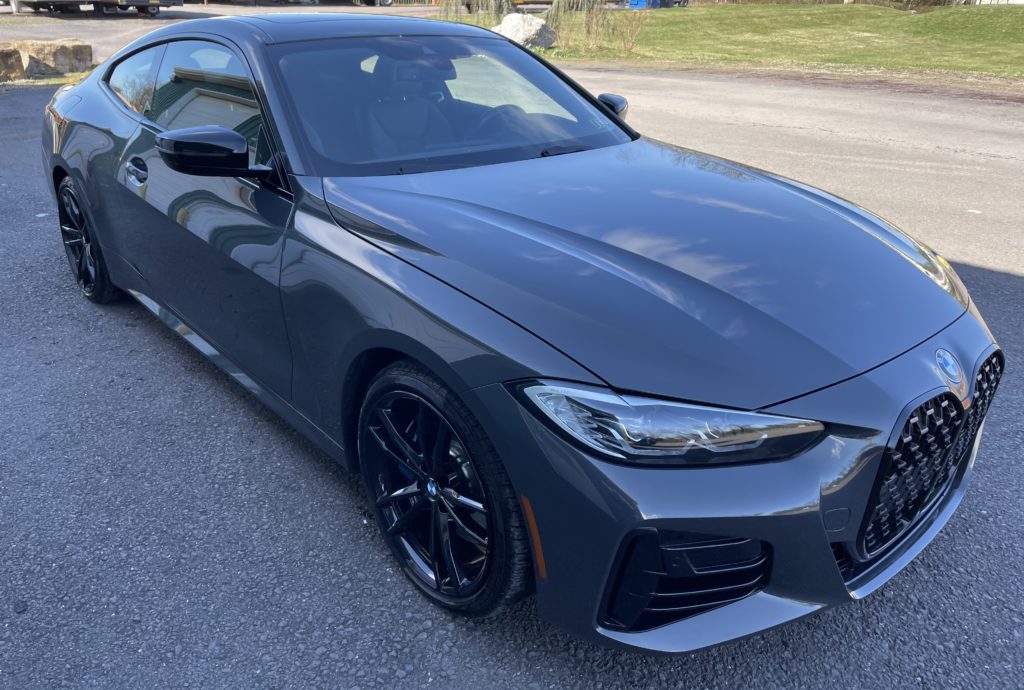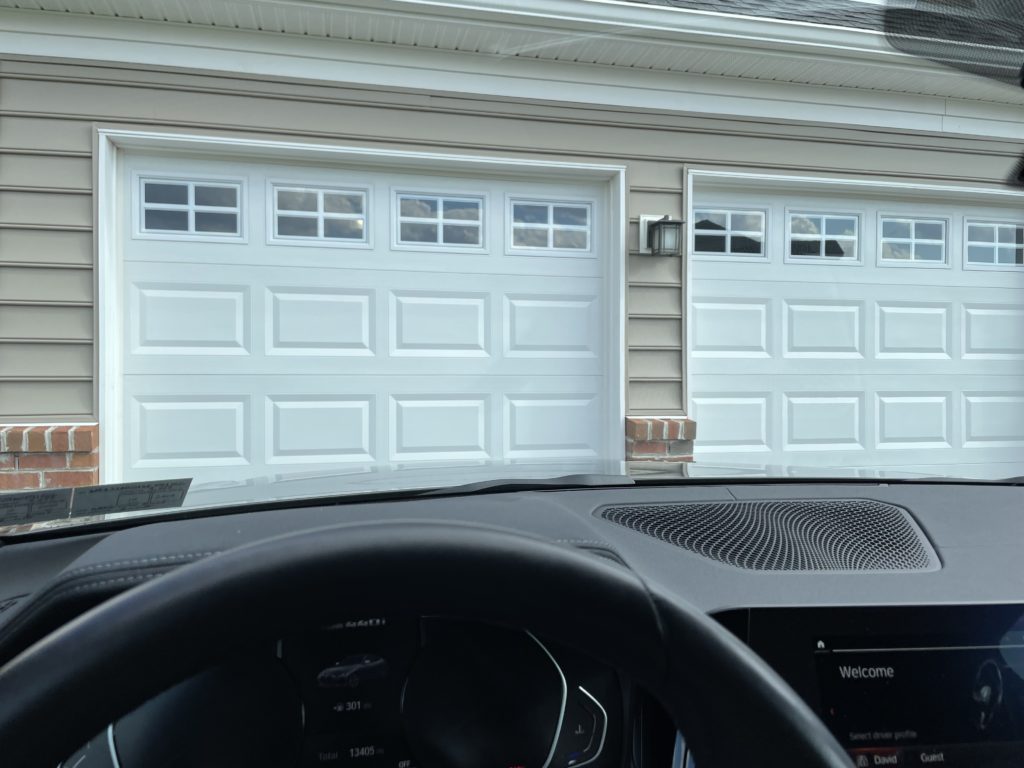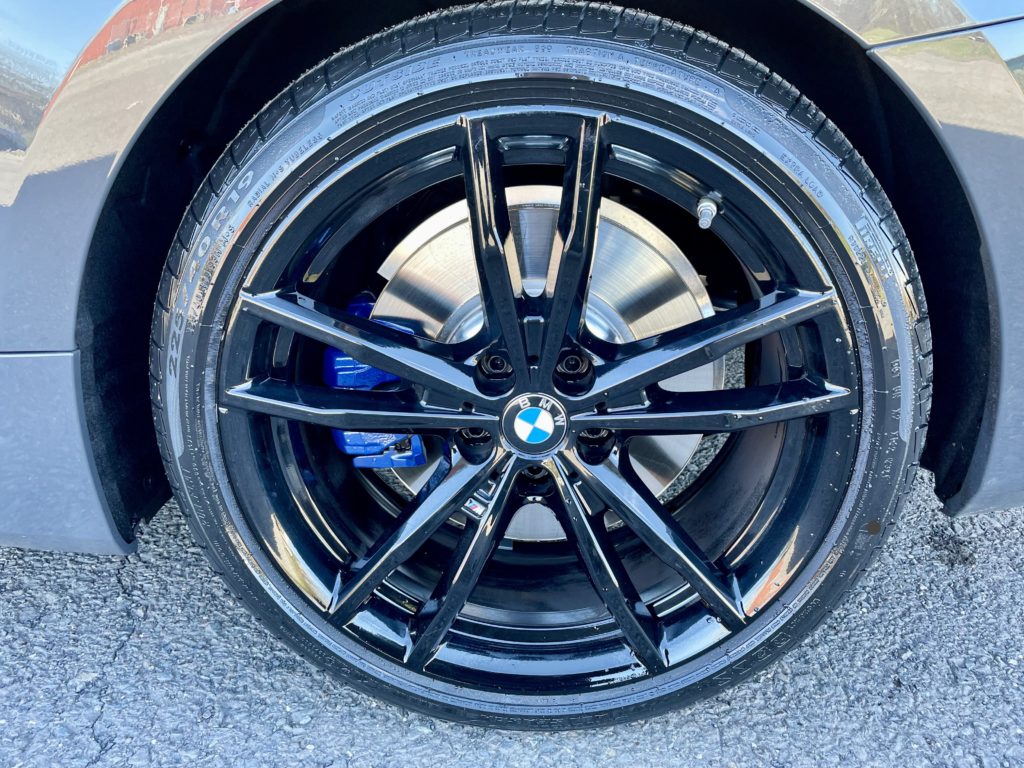Winter is now behind us here in the Northeast, and it is finally time to clean the layers of crud from my cars. In years past, this meant replenishing an inventory of materials and supplies, and then watching the forecast for decent weather that landed on a weekend. When the stars finally aligned, I’d spend the entire day with soaps, waxes, buckets, and sponges.

Well, no more, my friends. After decades of contemplating countless cleaning techniques and analyzing the best blends of waxes and polymers, I have discontinued this overrated practice. I realize that traditionalists may not read past this paragraph of blasphemous rhetoric, but I mean to change some of your minds when it comes to detailing your BMW.
Certainly not immune to the delight that a freshly finished work of art presents, I have also considered the time versus result aspect of a comprehensive detail, partly because the moment I have finished my masterpiece, the forces of nature begin the process of undoing my efforts—sometimes before my car even leaves the garage.

I decided to do something about this madness the day after an arduous detailing of both of our vehicles. I thought that it would be efficient to do them in parallel, going through the progressive stages simultaneously. This method was effective, but I’m not as young as I once was; after a dawn-to-dusk marathon, every muscle, bone, and ligament protested loudly for days. There simply had to be a sensible balance between the physical exertion and a satisfactory outcome.
As car enthusiasts, we are by our very nature sensitive to our detailing practices. You have employed your own established formulas and processes that have worked for you year after year. But the tolerances of today’s paint finishes are far superior to those of the past; whether you maintain a late-model BMW or another exceptional car, you might be spending a lot more time detailing than you really need to be.
I’m not suggesting that you abandon the mission but rather that you consider an alternative.

My premise is very simple—and perhaps offensive to some readers. The idea is to spend the least amount of time and effort it would take to achieve an acceptable result: not concours, but Cars & Coffee.
I confess that at first this notion—less-than-fanatical detailing—plucked at every fiber of my nervous system, but I confirmed that I was on the right track at an event that I attended a few years ago. I had so many things going on during the days leading into the weekend that I spent only an hour on the car: I washed it Friday night, and it got a speed-shine and a quick vacuum of the footwells the next morning.
I arrived a little late to the venue and backed into my spot with some trepidation—but I got just as many compliments as I have received after dedicating an entire day to detailing the car!

This validated my worst fears: I was focused on the minutia of detailing for the sake of perfection. It was then that I became a charter member of the Good Enough Detailing Club. I know that this is not going to fly with the white-glove-and-Q-tip fraternity, but it may seem a blessed relief for the rest of us.
If it makes you feel any better, it took me forever to get comfortable with the idea. My BMW M440i is a daily driver; it gets me to work, it’s used for various errands, and it attends as many events as I can put on the schedule. My car cannot rest under a silk dust cover in the garage, to be released only for special occasions.
And there’s simply never enough time for a thorough cleaning.
So how does a car enthusiast accomplish a Good Enough Detail? To begin with, I cheat by employing a detailing service every spring. (Hear me out: Most shops offer an abridged option, something between a car wash and the whole enchilada. This would include a thorough wash to remove the winter layers of muck, and the application of a basic polish.) The process can take an hour or two, and will run up to $150 or so, but it is well worth the cost to achieve a baseline with which to begin the season.

The mission now is to keep up with the race against the inevitable: maintaining your ride respectably, and then dealing with events as they arise. The effort for each depends largely on your use and abuse.
Preparation, as they say, is everything—and by that, I mean your selection of paint color. Both of my cars are a shade of gray, first because I like gray on a car, but also because it is a very forgiving color. For the same reason, I like black wheels and exterior trim. As an added bonus, black wheels and the Shadowline option make any BMW look menacing.
I’ve been in the habit of washing the car the night before an event because it allows the water to evaporate completely, making it easier to apply and buff the next day’s shining products without smearing them—a real time-saver.
I start the interior windows that same evening. (Cleaning glass is one of my least-favorite chores, but it’s a very important one.) Off-gassing on the inside of your windshield is the cause for much of the glass-cleaning effort due to that greasy film, and the level of difficulty lies in how often you address it. Therefore, the very first step—as soon as you remove a clean microfiber cloth from the packaging—is to start by wiping the interior glass with a rag that is completely dry.
Yes. I said dry—and you’re welcome.

Buffing the microfiber cloth against the glass without any product on it removes most of the haze without smearing. The more often you use this method, the easier it will be to sustain. Only then should you apply your glass cleaner—and I promise you, it will be much easier. But I save that final task for the next day when there is better light.
On the morning of an event, I finish the windows and then apply a universal spray wax to the exterior of the car, buffing completely with microfiber cloths. This process takes about twenty minutes. I wipe down the door and trunk jambs, then vacuum the interior—usually just the footwells, since I’ve been keeping up with carpet maintenance.
The same sort of cloths—often two or three of them—are used for the wheels, followed by the tires. Each of these tasks employs its spray product with the rags you just used for the previous task. I call this regressive recycling. Start with clean microfiber cloths for the glass, then use them for the paint surfaces and door jambs. The wheels are next, and the tires are last. When these tasks are finished, the cloths are spent, and I toss them.

The point is not to spend so much time and energy on perfection when you can have virtually the same feedback with a lot less effort. By using this approach, I can attend a show on a Saturday, and not have to take the day off Friday to perform a complete detail.
Your car and the event have a lot to do with the responses you might receive. I’m fortunate that my BMW M440i is a year old, a somewhat controversial design with a unique look. Conversations erupt at a gas station just as often as they do at a car show. But your super-clean 2001 Pontiac Aztek might not get the same reaction.
If this idea makes sense—and you can summon the courage to accept and apply the principal concept—I suggest that you adopt the technique that I have been using for the past several years. Ignore that pang of guilt, apply a Good Enough Detail, and go enjoy yourself.—David Newton
[Photos courtesy David Newton.]





















